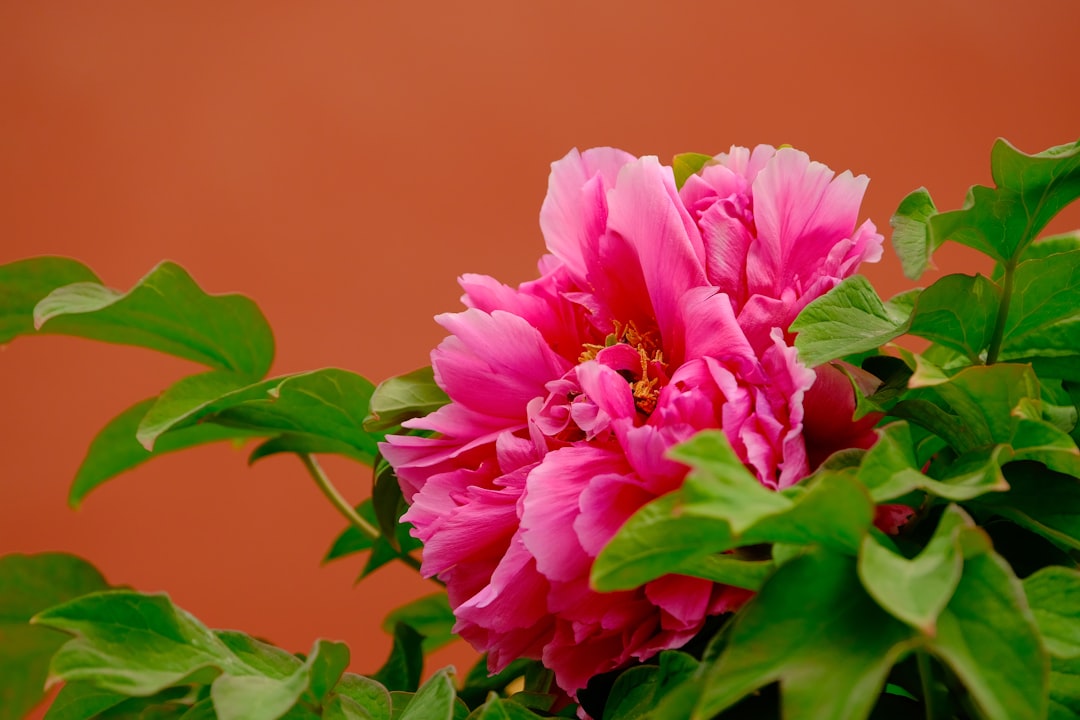The Wonders of Home - Grown Wheatgrass

Wheatgrass, a vibrant and nutrient - rich plant, has gained significant popularity in recent years. It can serve multiple purposes, whether as a delicious treat for your furry friends, a charming addition to your home decor, or a healthy ingredient for your smoothies and juices. In this article, we will explore the ins and outs of planting and growing wheatgrass at home.
First and foremost, let's understand what wheatgrass is. Wheatgrass is the young grass of the common wheat plant, Triticum aestivum. It is packed with vitamins such as vitamin A, C, and E, as well as minerals like iron, calcium, and magnesium. These nutrients make it a superfood that can enhance the health of both humans and pets.
Materials Needed for Growing Wheatgrass
To start your wheatgrass growing journey, you'll need a few essential materials. You'll require wheatgrass seeds, which can be easily purchased from gardening stores or online. A shallow tray or container is also necessary. Make sure it has drainage holes to prevent waterlogging. You'll also need a growing medium; soil is a popular choice, but you can also use coconut coir or a soilless mix. A spray bottle for watering and a sunny spot in your home are also crucial.
Preparing the Seeds
Before planting, it's important to soak the wheatgrass seeds. Place the seeds in a bowl and cover them with water. Let them soak for about 8 - 12 hours. This process helps to kick - start the germination process. After soaking, drain the water and rinse the seeds thoroughly. You'll notice that the seeds have swollen, which is a good sign.
Planting the Seeds
Fill your tray or container with the growing medium. Spread the soaked seeds evenly over the surface of the growing medium. Try to keep the seeds close together but not too crowded. Gently press the seeds into the medium, but don't bury them too deep. A light covering of the growing medium over the seeds is sufficient.
Watering and Care
Use a spray bottle to mist the seeds and the growing medium. Keep the medium moist but not overly wet. Place the tray in a sunny area, but avoid direct sunlight during the hottest part of the day. In the first few days, you may want to cover the tray with a piece of cardboard or a plastic lid to create a humid environment. This can speed up the germination process.
Once the wheatgrass starts to sprout, continue to water it regularly. You can use a watering can with a fine rose attachment to water gently. As the wheatgrass grows, make sure it gets enough sunlight. If you notice that the grass is growing tall and spindly, it may not be getting enough light.
Harvesting Wheatgrass
Wheatgrass is usually ready to harvest in about 7 - 10 days after planting. You'll know it's ready when the grass reaches a height of about 6 - 8 inches. To harvest, use a pair of sharp scissors and cut the grass about an inch above the soil level. You can harvest the wheatgrass multiple times if you leave a small portion of the grass intact.
Using Wheatgrass
If you're growing wheatgrass for your pets, simply offer it to them as a fresh treat. Many cats and dogs love the taste of wheatgrass, and it can help with their digestion. For home decor, place a tray of freshly harvested wheatgrass on your kitchen counter or a side table. It adds a touch of greenery and freshness to your living space.
When it comes to using wheatgrass in smoothies and juices, wash the harvested grass thoroughly. You can blend it with other fruits and vegetables to create a nutrient - packed drink. The taste of wheatgrass can be a bit strong, so you may want to start with a small amount and gradually increase it as you get used to the flavor.
In conclusion, growing wheatgrass at home is a rewarding experience. It's relatively easy to grow, and the benefits are numerous. Whether you're looking to improve your pet's health, decorate your home, or boost your own nutrition, wheatgrass is a great choice. So, roll up your sleeves and start your own wheatgrass garden today!